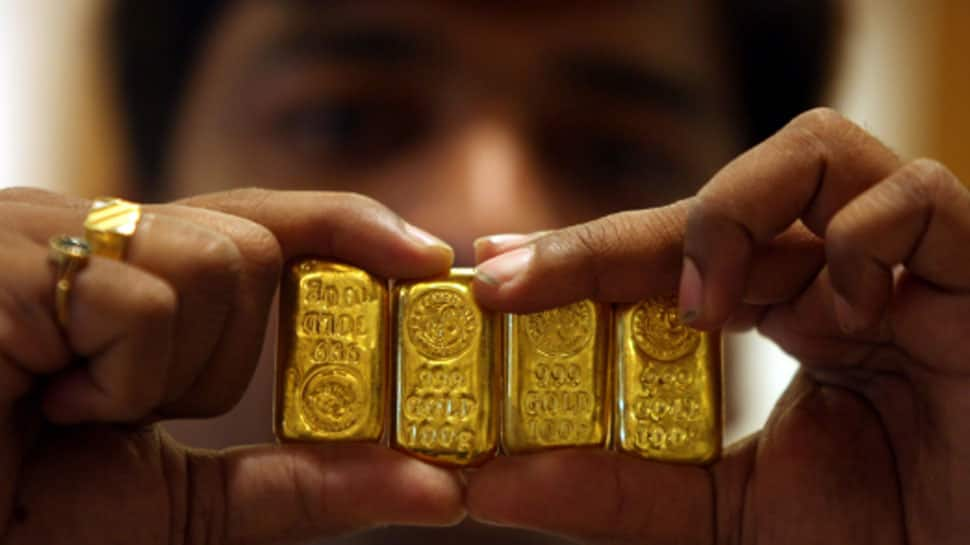Gold prices have witnessed increased buying lately. Investors are seeking safer haven in the yellow metal amidst geopolitical tensions and constant surge in COVID-19 virus cases.
In an with Reema Sharma of Zee Media, Prof. Arvind Sahay, Chairperson, India Gold Policy Centre at IIMA, shares his views on investment in gold.
How do you analyse the activity in the bullion market in the wake of the ongoing India-China tension? And its impact on domestic gold prices
For China the political standoff with India is part of a larger Chinese strategy of becoming a recognized superpower along with the USA with its own sphere of influence. The ambition and aspirations that is driving China seeking a power shift in the global order, flows partly from a sense of perceived wrongs and partly from a sense of being the “Middle Kingdom,” below the heaven above, but above the earth below.
China is the largest gold mining country and also has a large presence in the artisanal mining globally; their ability to absorb gold into their balance sheet is significant, not necessarily only through foreign exchange reserves. The opaqueness in their national accounts further makes it possible to surprise the world with a massive increase in gold reserves. And this is very much in line with their objective to internationalise their currency which is already listed as a reserve currency. China’s economic and diplomatic policy is driven by the tenets of the Sun Tzu’s “The Art of War” and not by the ideas and principles of Adam Smith, Josef Schumpeter, John Maynard Keynes, Milton Friedman, and Rudiger Dornbusch – which is what much of the Western thought (especially American) is driven by.
In essence we notice that the means to rise as an economic superpower is clouded with higher uncertainty to rest of the world. And this is at a time when the current economic super powers are debasing their currency and creating a negative interest rate era. Higher uncertainty means a greater “flight to safety.” And so long as investors and consumers see gold as a safe haven and a hedge against uncertainty, there will be higher demand for bullion by investors.
Gold prices are setting newer records lately. Where do you see the yellow metal reaching in short to medium term? At the current situation and given the current trend, how much should one invest in gold?
Gold prices actually speaking never had a transparent history until 1971, thanks to the gold standard. However, with the suspension of convertibility by Richard Nixon, gold prices started being discovered by market led forces. Thus, if gold was just as freely traded during the 1930’s, prices potentially would have risen far more. For that matter price is yet to touch the inflation adjusted gold price of 1980s that was approximately $2,200. The current economic and geo-political scenarios are ripe to keep the prices buoyant. Although it is tough to say what will be the price 3-months down the line, but our advice is for every 100 rupees one plans to invest, allocating 15-20 rupees to gold can risk adjust your portfolio. Goldman Sachs, the venerable investment bank says that the prices would go up to $2000 (from the current $1800) per ounce over the next year or so. That would mean a price of more than Rs. 56,000 per 10 grams in India. We think that there may be potentially a higher upside depending on the levels of uncertainty from China, from the virus, on the American President and the elections, and on the tensions between the developed West on one side and China on the other.
India's Gold imports plunged to $79 million during April-May 2020. How will it impact the Current Account Deficit?
Share of gold to total imports dropped in FY2020 to 6% as against a 12% in FY2011. And this year with higher prices and increased scrap sales the domestic supply is possibly getting above the official imports. Thus gold’s influence on CAD appears to be, at least temporarily, on the wane. Rather the focus needs to be how the gold mobilised from domestic market be channelled to formal market, how to increase the participation of banks in sourcing domestic gold, how this gold can be channelized for more productive economic activity and consumption, how the gold can be used by exporters and the potential to export bullion from country. In the current scheme of things the informal market has been mushrooming, which we think can be a bigger socio-economic risk.
















